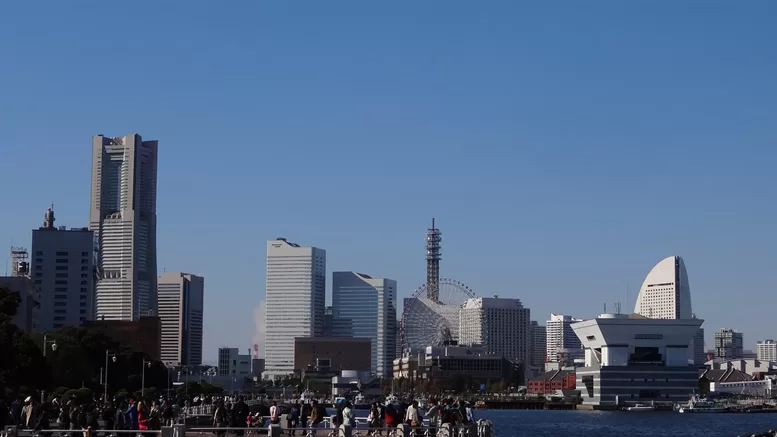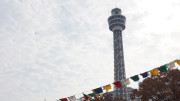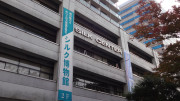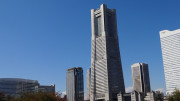Centrally located on the east coast of Japan along the edge of Tokyo Bay, Yokohama is the second-largest city in Japan, following Tokyo’s combined 23 wards.

When Japan opened its borders to trade after Commodore Matthew Perry’s arrival in 1854, Yokohama was a small fishing village with around 600 residents. By 1859, it was designated Japan’s first international port, quickly developing into a thriving trading hub for Japanese silk and tea exports.
The Great Kanto Earthquake of 1923 devastated Yokohama, but the city was largely rebuilt by 1929. By the early 1930s, much of the coastline had been redeveloped or extended through land reclamation, shifting the city’s focus toward heavy chemical production.
During World War II, Yokohama suffered extensive bombings on May 29, 1945, with subsequent fires destroying 42% of the city. During the American occupation, Yokohama’s port was used by the U.S. military, playing a key role in the Korean War. Reconstruction was slow at first, but rapid economic growth followed in the 1950s as Japan’s economy rebounded.
Today, shipping remains a key industry, but much of the former port area and shipyards near central Yokohama have been redeveloped into parks, shopping centres, and tourist attractions.
Yokohama lies just south of Tokyo on the west side of Tokyo Bay. The city is well-connected by the Shinkansen (bullet train) and several local rail lines from Tokyo. The nearest airport is Tokyo’s Haneda Airport, while Narita Airport—Japan’s main international gateway—is on the opposite side of Tokyo. Direct access from Narita to Yokohama is available via the
Narita Express (NEX). Yokohama is also home to an international cruise ship terminal in Kannai.




